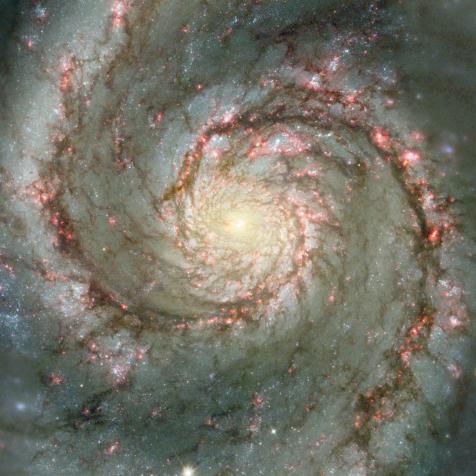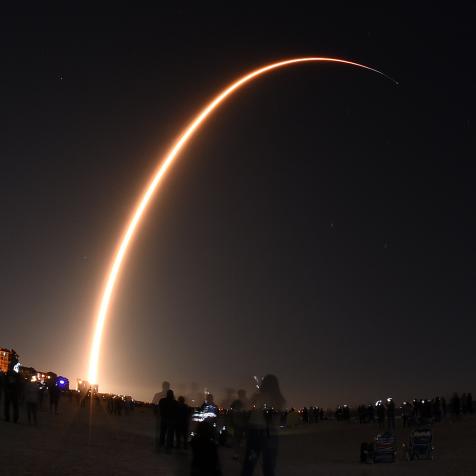
The Sheer Awesomeness and Weirdness of Cosmic Strings

I’m going to start this off by telling you that we’re not sure if cosmic strings exist.
But if they did, it would be awesome.
A cosmic string is, put simply, a flaw. A crack. A defect. A fold in the very fabric of spacetime itself. If they exist, they were made in the earliest moments of the big bang, when the insane energies were capable of twisting and distorting spacetime so much that it left permanent wrinkles.
These wrinkles, known as cosmic strings, would be almost impossibly thin, no wider than a single proton. But that would pack a potent punch. At those densities, a stretch of cosmic string only a mile long would weigh more than the entire planet Earth. Based on our theories of how they would form, they could stretch from one of the observable universes to the other.
They would be fearsome to behold. We’re not sure how they would interact with the other particles in the universe, but likely they would be sizzling with energy, glowing with high-energy radiation, and emitting dangerous energized particles.

Dana Berry/NASA
Blackhole devours a neutron star.
Because of their strong gravity, looking directly at a cosmic string would split your view of the universe behind it. Background light would follow divergent paths, making you see double of anything in the line of sight.
That same strong gravity would warp space around the cosmic string to such a degree that circles…well, wouldn’t be circles anymore. If you encountered a cosmic string out in the wild and were to move in a circle around it, you would find yourself returning to your starting point before traveling a whole 360 degrees.
The strings wouldn’t be stable, either. Ripples would race up and down their lengths at the speed of light. Tiny little wiggles would amplify into describe string-quakes, causing bits of the string to pinch off or fold back in on themselves. Eventually, that section of the cosmic string would dissolve, bleeding away its energy in a torrent of radiation.
But like I said, we don’t know if they exist. They crop up in many theories of the extremely early universe (and by “early” I mean when our universe was less than a second old) but have so far evaded detection. We don’t see any split images when photographing distant galaxies. We don’t see any signs of their enormous radiation output. We don’t detect any of the gravitational waves from their violent sloshing of spacetime.

Jamie Grill Photography
Cosmic strings could cut through the earth like a knife through butter.
All this is probably good news. Honestly, if there are cosmic strings, we would want them to be far, far away from us. With their extreme densities and energies, they could simply slice through the Earth like a hot knife through butter.
So perhaps it’s for the best that these monsters remain purely hypothetical. For now.
Learn More about the Universe
Journey Through the Cosmos in a New Season of How the Universe Works
The new season premieres on Science Channel and streams on discovery+.




















